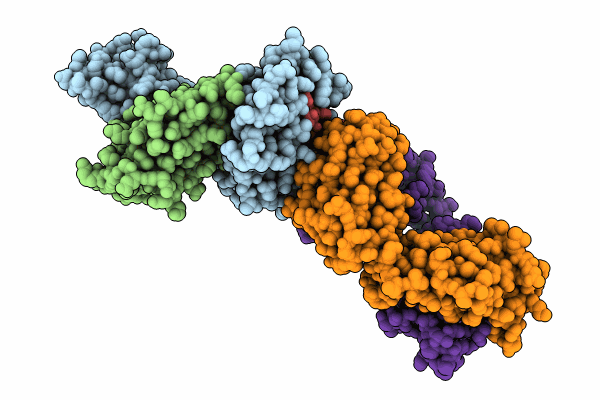
Deposition Date
2022-12-19
Release Date
2023-12-20
Last Version Date
2025-05-21
Entry Detail
PDB ID:
8FJA
Keywords:
Title:
CryoEM structure of HLA-A2 MAGEA4 (230-239) in complex with REGN6972 Fab
Biological Source:
Source Organism:
Homo sapiens (Taxon ID: 9606)
Host Organism:
Method Details:
Experimental Method:
Resolution:
3.00 Å
Aggregation State:
PARTICLE
Reconstruction Method:
SINGLE PARTICLE


